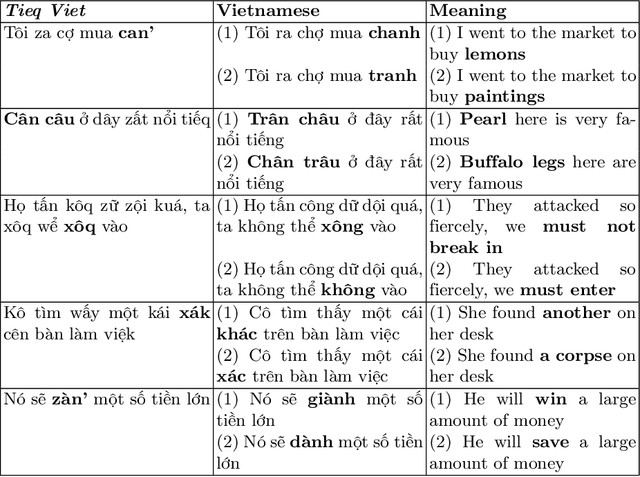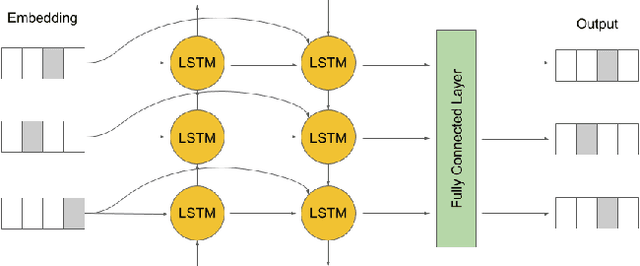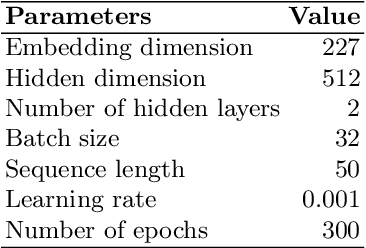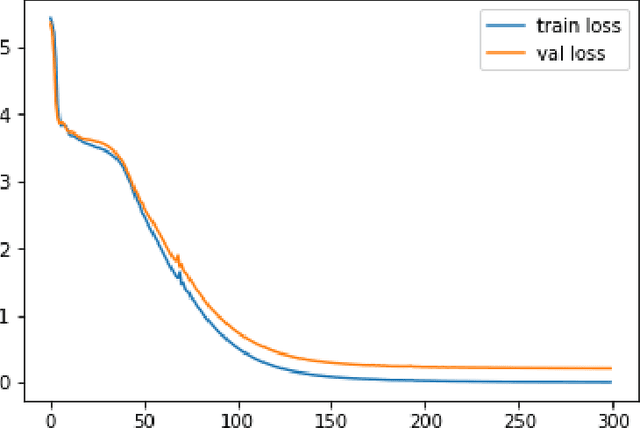Understanding Tieq Viet with Deep Learning Models
Paper and Code
Jul 03, 2022



Deep learning is a powerful approach in recovering lost information as well as harder inverse function computation problems. When applied in natural language processing, this approach is essentially making use of context as a mean to recover information through likelihood maximization. Not long ago, a linguistic study called Tieq Viet was controversial among both researchers and society. We find this a great example to demonstrate the ability of deep learning models to recover lost information. In the proposal of Tieq Viet, some consonants in the standard Vietnamese are replaced. A sentence written in this proposal can be interpreted into multiple sentences in the standard version, with different meanings. The hypothesis that we want to test is whether a deep learning model can recover the lost information if we translate the text from Vietnamese to Tieq Viet.
 Add to Chrome
Add to Chrome Add to Firefox
Add to Firefox Add to Edge
Add to Edge